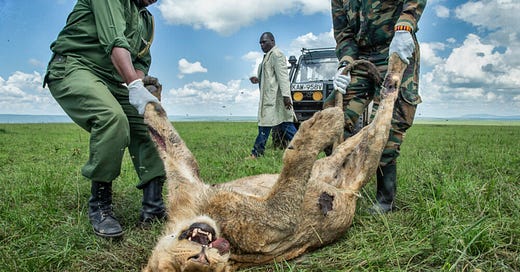‘Then what would we be fighting for?’
Winston Churchill, when asked to cut funding for the arts to help the war effort.

I received a long, frustrated voicemail message yesterday morning from my friend Simon Thomsett. Simon…



